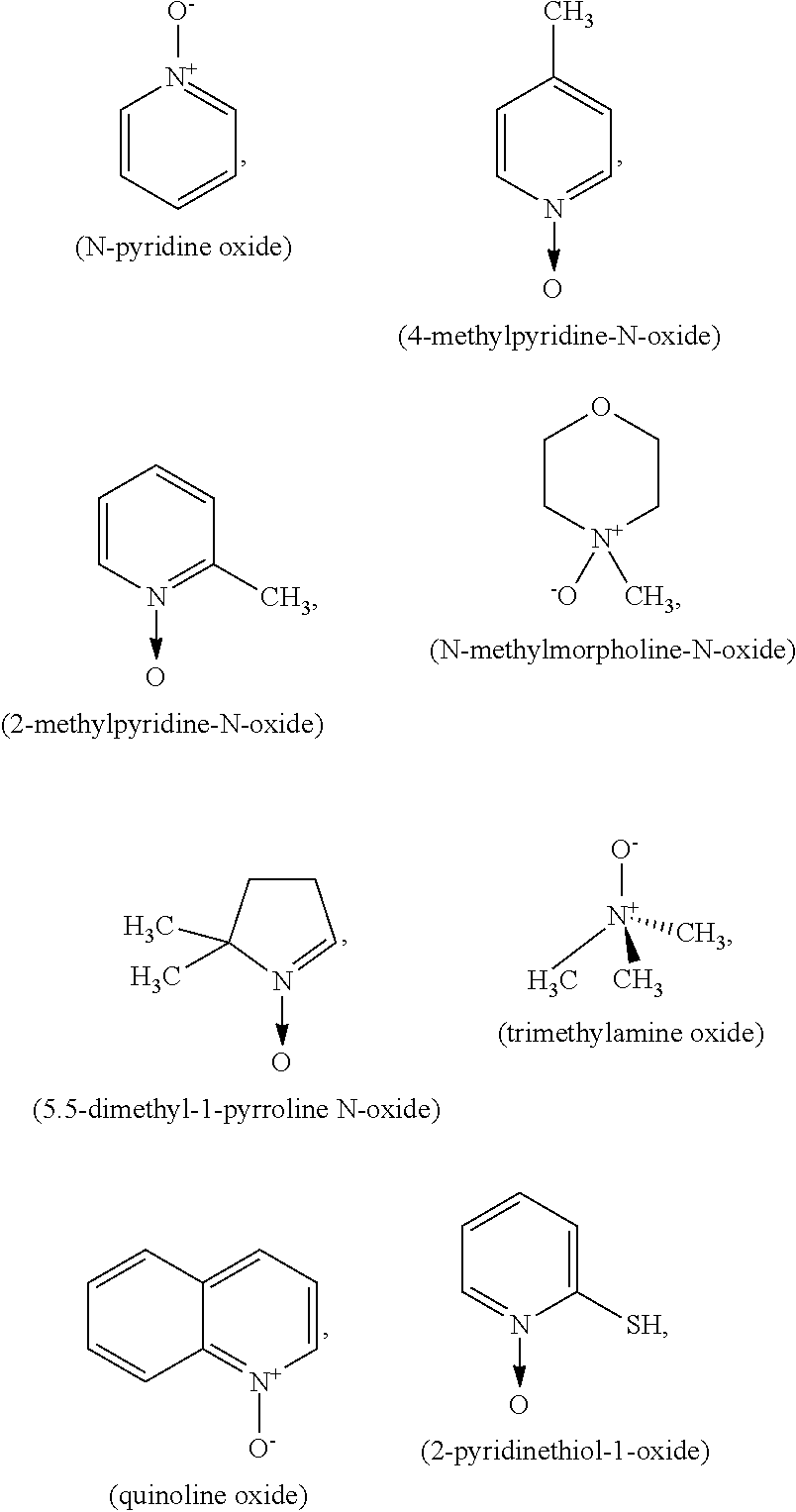Method of selectively removing tungsten over silicon oxide
- Summary
- Abstract
- Description
- Claims
- Application Information
AI Technical Summary
Benefits of technology
Problems solved by technology
Method used
Image
Examples
Embodiment Construction
[0025]First, the slurry composition of the present embodiment is described. The slurry composition of the present embodiment is suitable for a chemical-mechanical polishing method to perform polishing on a substrate containing tungsten and silicon oxide; and a use thereof is, for instance, polishing a substrate containing tungsten and silicon oxide.
[0026]The slurry composition of the present embodiment includes a plurality of abrasive particles, halogen oxide, and nitroxide compound. In an embodiment, the pH value of the slurry composition is between 2 and 6.
[0027]Specifically, based on the total amount of the slurry composition, the content of the slurry particle can be, for instance, 0.5 wt % to 10 wt %. The abrasive particles are selected from colloidal silicon oxide, fumed silicon oxide, nano aluminum oxide, or a combination of any two or more of the above.
[0028]Based on the total amount of the slurry composition, the content of halogen oxide is 100 ppm to 10000 ppm. The halogen...
PUM
 Login to View More
Login to View More Abstract
Description
Claims
Application Information
 Login to View More
Login to View More - R&D
- Intellectual Property
- Life Sciences
- Materials
- Tech Scout
- Unparalleled Data Quality
- Higher Quality Content
- 60% Fewer Hallucinations
Browse by: Latest US Patents, China's latest patents, Technical Efficacy Thesaurus, Application Domain, Technology Topic, Popular Technical Reports.
© 2025 PatSnap. All rights reserved.Legal|Privacy policy|Modern Slavery Act Transparency Statement|Sitemap|About US| Contact US: help@patsnap.com

